Retro Replay Review
Gameplay
Moscow to Berlin: Red Siege builds on the tried-and-true mechanics of Desert Rats vs. Afrika Korps, delivering a familiar yet polished real-time strategy experience. Players command small, predetermined task forces, ranging from squads of infantry to heavy armor and artillery pieces. This structure forces you to make the most of limited resources, carefully positioning your units and using terrain to your advantage rather than overwhelming enemies with sheer numbers.
One of the game’s standout features is its unit experience system. As battles unfold, your infantry squads and tank crews gain combat experience, improving accuracy, morale, and survivability. This adds an RPG-like layer to the strategy: veteran units become precious assets you’ll guard jealously, while green replacements can be relegated to less risky objectives or sent to the rear for training. The result is a palpable sense of progression as your forces evolve from raw recruits into battle-hardened veterans.
Reinforcements arrive according to the mission scripting rather than player choice, which may frustrate those looking for full army customization. However, this design keeps each of the 20 missions tightly focused and narratively coherent. You’ll switch between the Soviet and German sides across three linked campaigns, experiencing key engagements on the Eastern Front. While the inability to dictate unit types limits sandbox-style experimentation, it emphasizes thoughtful use of what you’re given, and often leads to tense scenarios where clever tactics outweigh brute force.
Graphics
Graphically, Red Siege carries over the engine and art style of its predecessor with only incremental enhancements. Battlefields are rendered in clear, easily readable 3D, complete with dynamic lighting that highlights different times of day and weather conditions. Snow-covered villages, muddy fields, and bombed-out urban landscapes all feel suitably bleak, capturing the harsh realities of the Eastern Front.
Unit models are detailed enough to distinguish infantry from anti-tank guns, light artillery, and heavy armor, but up close you may notice that textures and animations remain identical to those in Desert Rats vs. Afrika Korps. If you’re coming fresh to the series, the visuals will impress with their clarity and functionality. Longtime fans may lament that the engine hasn’t been overhauled, but stability and performance have improved, ensuring smooth battles even when dozens of units exchange fire.
Explosions, smoke trails, and shell impacts are satisfyingly weighty, and the camera controls allow you to zoom and rotate around the battlefield for optimal tactical planning. While Red Siege doesn’t push the limits of early-2000s 3D technology, it offers a consistent, unobtrusive presentation that prioritizes readability over flashy effects—exactly what a strategy gamer needs when directing multiple units under fire.
Story
While Moscow to Berlin: Red Siege isn’t a narrative-driven RTS, its three campaigns loosely thread together a broad sweep of Eastern Front operations. You’ll begin by holding back the German advance as a Soviet commander, then flip perspectives to experience the Wehrmacht’s winter offensive. The final campaign follows the Red Army on its push toward Berlin, culminating in intense urban combat scenarios.
Each mission comes with a brief historical briefing, situating objectives within real-world battles like Kursk or Stalingrad. This context enhances immersion, even if the story never delves into personal characters or cinematic cutscenes. The emphasis is squarely on strategic objectives—securing crossroads, destroying artillery batteries, defending supply lines—and that clarity of purpose keeps you focused on the tactical challenges at hand.
The included in-game encyclopedia rounds out the historical framing by supplying detailed profiles on all 80 unit types. Infantry platoons, assault guns, tank destroyers, and anti-aircraft emplacements each get a write-up covering their real-world specifications and battlefield roles. This reference not only satisfies military history buffs but also helps inform your battlefield decisions when deciding which unit to deploy or preserve for later missions.
Overall Experience
Moscow to Berlin: Red Siege offers a tight, mission-focused RTS experience that will resonate with fans of classic World War II strategy games. Its modest learning curve lets newcomers jump in quickly, while the veteran-unit progression system and varied mission objectives deliver enough depth to keep seasoned commanders engaged across 20 battles.
The stand-alone add-on model means you don’t need Desert Rats vs. Afrika Korps installed to play, though familiarity with that game’s interface helps you acclimate instantly. If you enjoyed the original engine’s blend of accessibility and tactical nuance, Red Siege refines those strengths without introducing major new mechanics. The result is a cohesive, if evolutionary, follow-up that feels both reliable and robust.
While the graphics and engine show their age by modern standards, they remain functional and clear—qualities essential for any successful RTS. Ultimately, if you’re seeking a historically grounded, unit-driven strategy game set on the Eastern Front, Moscow to Berlin: Red Siege delivers satisfying battles, thoughtful unit progression, and an encyclopedic backdrop that brings World War II’s titanic clashes to your desktop.
 Retro Replay Retro Replay gaming reviews, news, emulation, geek stuff and more!
Retro Replay Retro Replay gaming reviews, news, emulation, geek stuff and more!
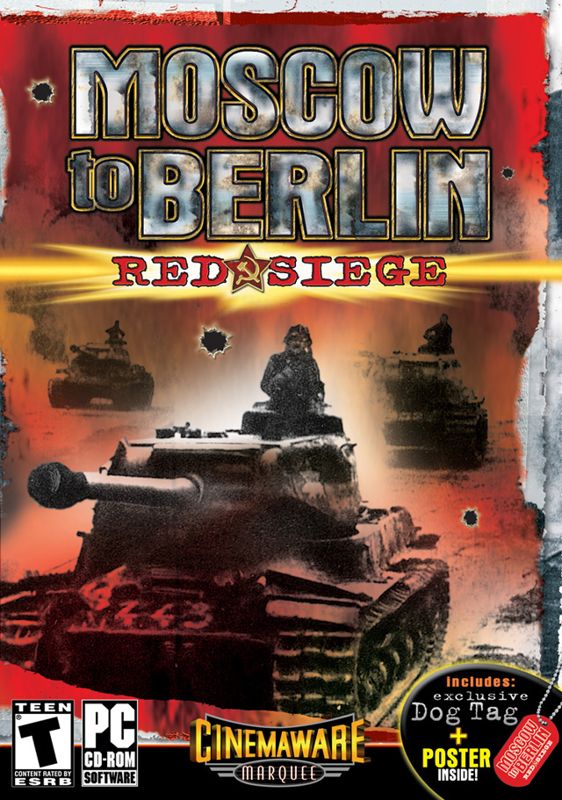
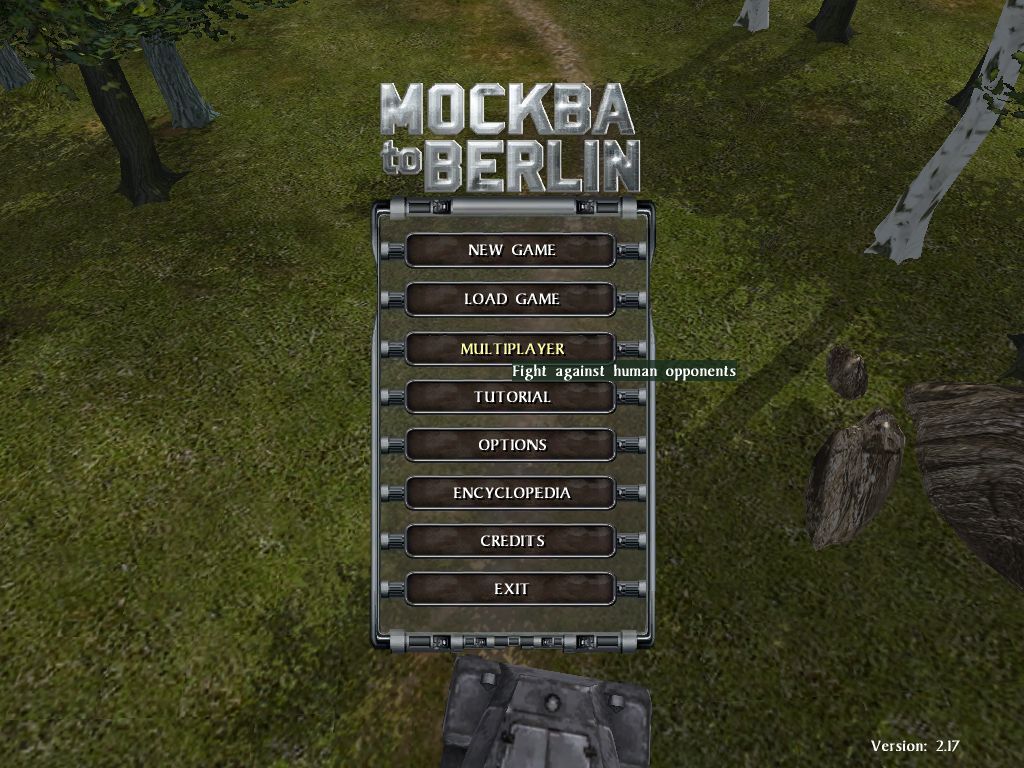
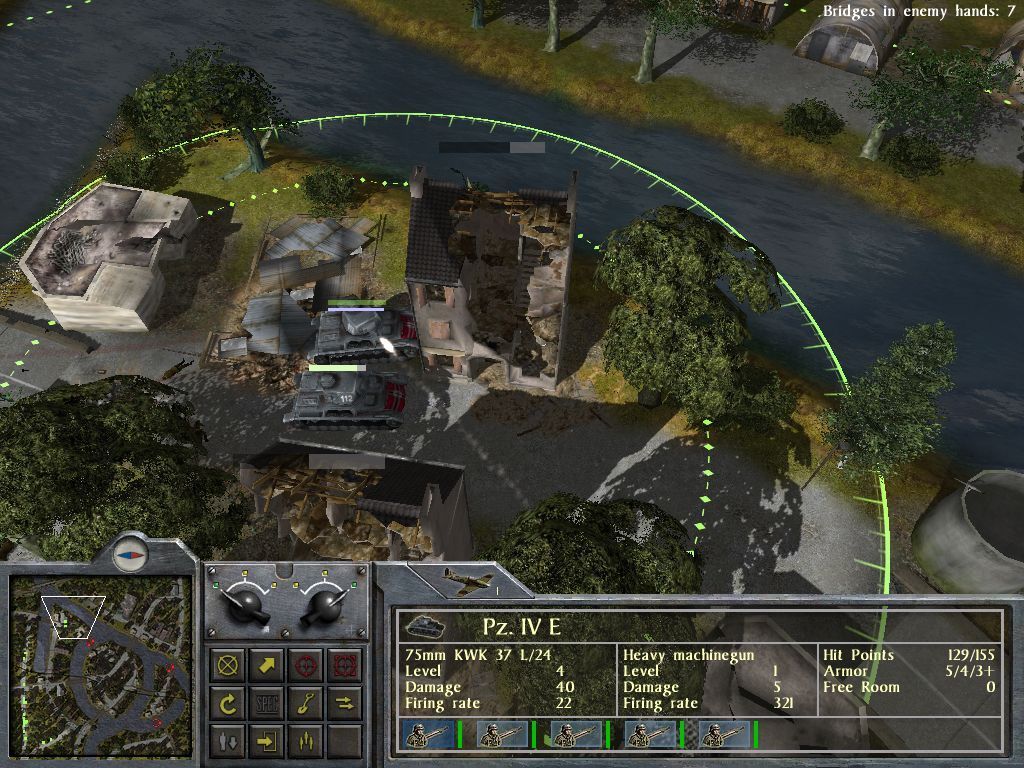
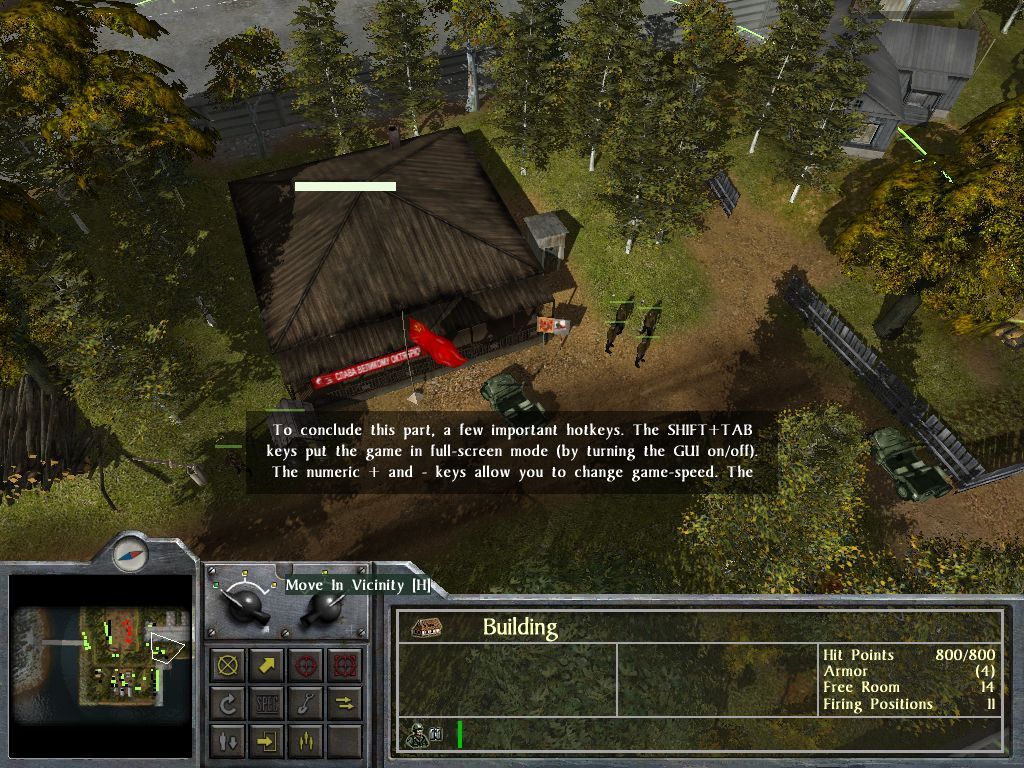
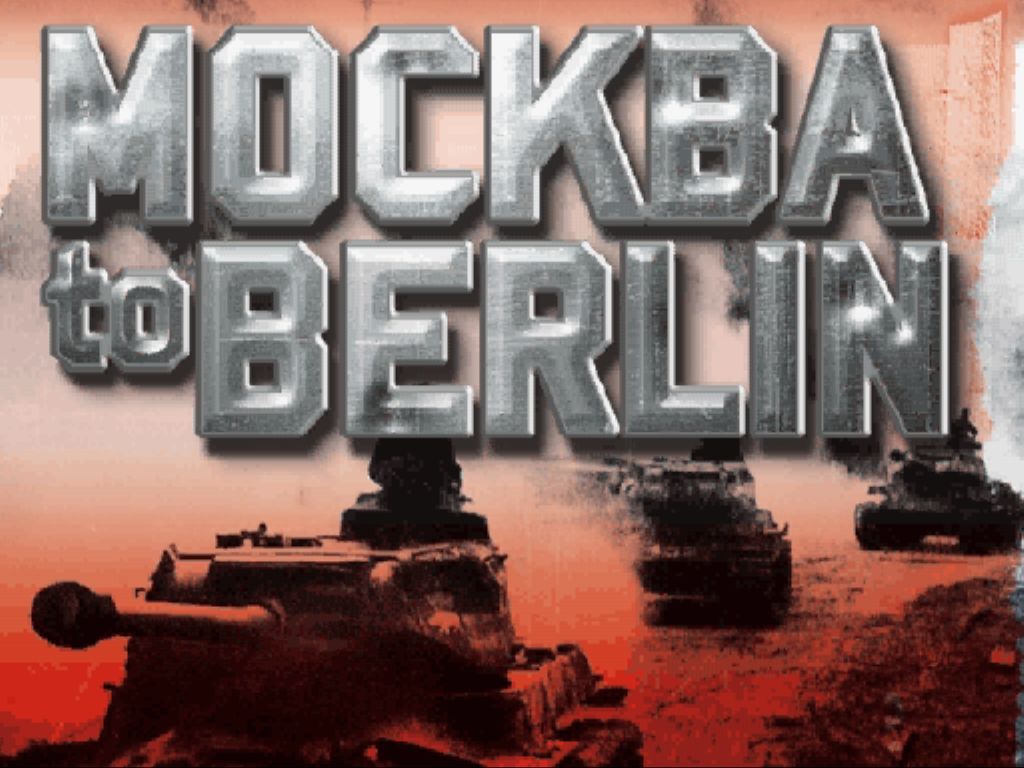
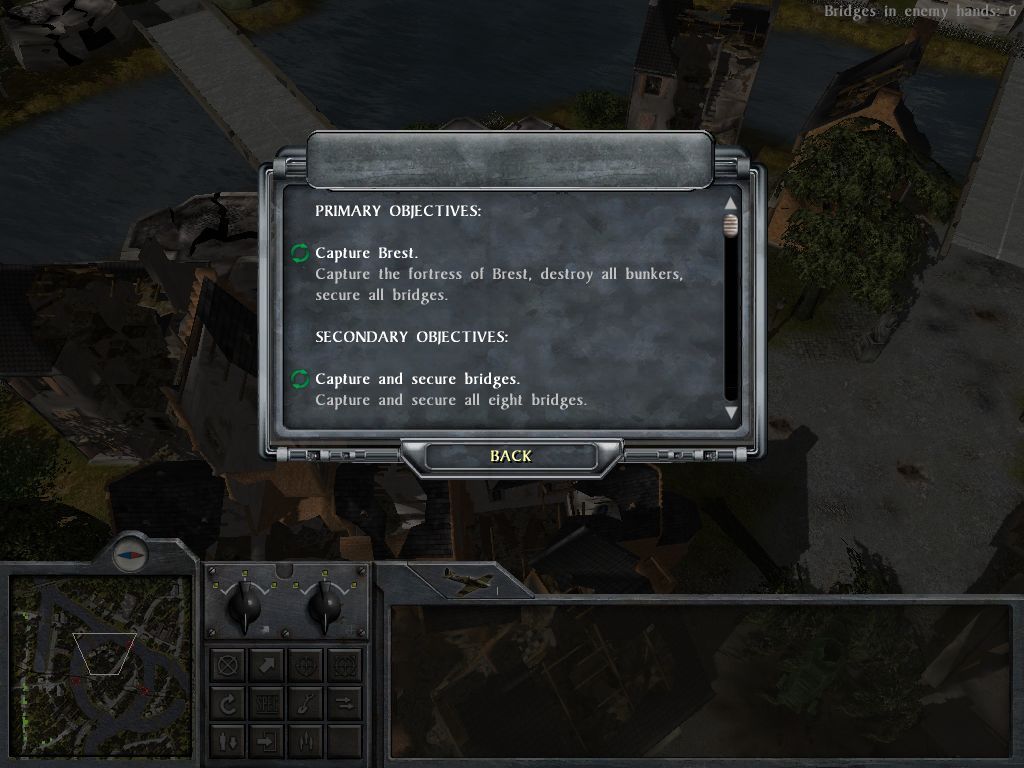



Reviews
There are no reviews yet.